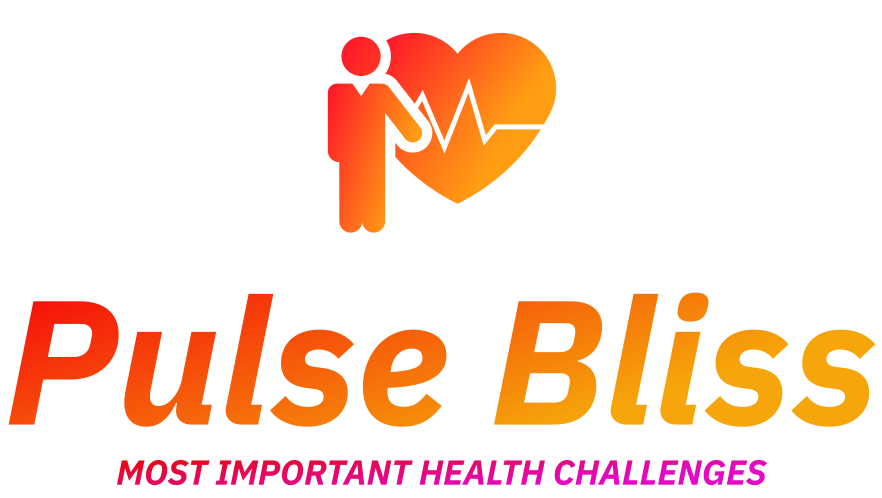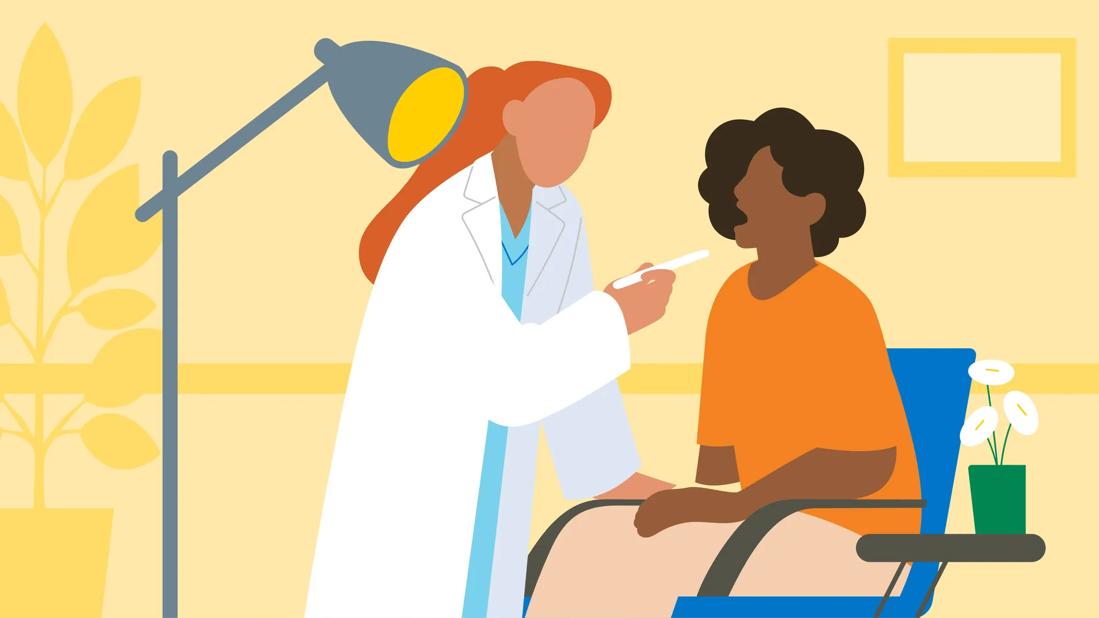One blocked nostril can result from allergies, a foreign object, or side sleeping. More serious causes, like a deviated septum or nasal polyps, may also lead to snoring, nasal-sounding speech, or sinus infections. Symptoms like sneezing and itchiness often worsen at night due to mucus pooling in the sinuses.
Simple remedies like saline rinses, staying hydrated, or elevating your head while sleeping can help clear a blocked nostril. For people with allergies, medications like nasal decongestants, antihistamines, or steroid sprays may help. If symptoms persist or worsen, see a healthcare provider to identify and treat underlying issues.
ProfessionalStudioImages / Getty Images
Causes
Just like nasal congestion on both sides, a one-sided nose blockage can have many causes. Anytime you’re experiencing allergies, a cold, or other conditions that contribute to nasal congestion, these underlying factors can make nasal congestion worse on one side.
A blocked nostril on one side can be caused by:
Foreign Objects
Foreign objects can become lodged in the nose and lead to one-sided nasal blockage. This is particularly common in children, who may insert items like beads, food, or small toys in their nostril out of curiosity.
Adults may also encounter nasal blockages from workplace debris, jewelry, or mishandling items like cotton or tissues. These objects can cause irritation, bleeding, infection, or difficulty breathing if unnoticed.
Avoid using tools like tweezers or cotton swabs to remove the object, as this can push it further or cause damage. If the object is deeply lodged or difficult to grasp, see a healthcare provider to have it safely removed.
Allergens
Allergens such as pollen, dust mites, mold, or pet dander can irritate the nasal passages and cause inflammation. This reaction, known as allergic rhinitis, can lead to swelling of the nasal lining, resulting in partial or complete blockage of one nostril.
The congestion may shift sides, especially at night, due to changes in blood flow while lying down. Prolonged exposure to allergens can also increase mucus production, further clogging the affected nostril.
Side Sleeping
Side-sleeping can lead to one-sided nasal blockage as mucus pools in the nasal passage closest to the bed, restricting airflow. People with conditions like a deviated septum often notice more pronounced blockage when lying on one side. Sleeping with your head slightly elevated or switching sides can help alleviate this congestion.
Deviated Septum
A deviated septum happens when the cartilage or bone between the nasal passages is crooked. This can cause one passage to be smaller than the other and more easily blocked. A deviation can be minor, meaning you only notice the stuffiness when dealing with a cold or allergies. Or, it can be more significant, meaning that your symptoms are usually obvious.
Nasal Polyps
Nasal polyps are growths within the nasal passages. If they only happen on one side of your nostrils—or if they’re bigger on one side than the other—you might notice that only one nostril is blocked.
Nasal polyps usually are benign (not cancerous) but can also be cancerous. Nasal polyps that occur on only one side are more likely to be tumors, rather than polyps associated with infection.
Although most tumors are not cancer, it’s best to see your healthcare provider and go through proper testing to confirm that the polyps are not posing a risk to your health.
Enlarged Adenoids
Adenoids are patches of tissue in the back of your throat that are part of your immune system. When they become swollen, they can contribute to nasal congestion. If your adenoids are only inflamed on one side, they can contribute to one-sided stuffiness. This is more common in children than adults.
Choanal Atresia
Choanal atresia is a congenital (present at birth) condition in which tissue growth blocks the nasal passages. Unilateral choanal atresia is when this happens on only one side.
Although the child can breathe through the other side, choanal atresia is usually detected during childhood, so if you’re experiencing one-sided stuffiness as an adult, it’s less likely to be a cause.
Choanal atresia is often associated with other serious medical conditions like CHARGE syndrome, a genetic set of symptoms involving extensive medical and physical difficulties.
Symptoms
If your nose is always blocked on one side, you’ll experience the symptoms of a stuffy nose and nasal congestion. The symptoms can include:
- Stuffy nose
- Runny nose
- Changes to your sense of smell
- Sneezing
- Itchiness
Depending on the cause of your one-sided stuffiness, you might also experience other symptoms, including:
- Snoring, sleep apnea, and trouble sleeping
- Nosebleeds
- Sinus infections
- Changes to your voice, including a nasal-sounding voice
You’ll likely notice that these symptoms are more noticeable on one side of your nose—although the affected side might change throughout the night and day.
Clearing a Blocked Nostril
The first step to treating congestion on one side is to identify what might be triggering it. If your nose is clogged on one side and you’re experiencing hay fever, rhinitis, or a cold, you can treat the congestion the same way you would treat congestion on both sides.
Treatment for stuffy noses can include:
- Nasal decongestants like Sudafed (pseudoephedrine) (Always check with your healthcare provider if you choose to take Sudafed.)
- Steroid nasal sprays like Flonase (fluticasone)
- Oral antihistamines like Claritin (loratadine) or Benadryl (diphenhydramine)
You can also try home remedies, including:
- Staying hydrated
- Using a neti pot on the clogged side
- Using saline spray to keep your nasal passages moist
- Sleeping with your head elevated
- Avoiding triggers like pollen or dust
If your nose is clogged on one side because of a deviated septum, you may need corrective surgery to realign the cartilage in your nose. This procedure is known as a septoplasty. This is an outpatient surgery that generally takes 60–90 minutes.
Nasal polyp treatment includes medication or surgery. Your healthcare providers will help you determine your best option, such as the following:
- Steroid nasal sprays can keep polyps from returning or shrink them without needing surgery.
- Allergy shots and antihistamines can also help your nose from becoming blocked, even if you have polyps.
- Surgery can remove polyps when they’re affecting your health or when healthcare providers are concerned that the polyps might be cancerous.
When to See a Healthcare Provider
See a healthcare provider if you (or a child) develop nasal blockage suddenly or if the blockage persists for seven to 10 days. You should also see a provider for the following symptoms in addition to a blocked nostril:
- Difficulty swallowing
- Frequent headaches
- Hearing loss or impairment
- Pain in your face, upper teeth, or ears
- Persistent sore throat
- Persistent hoarseness
- Problems with balance and/or dizziness
- Recurring ear or tonsil infections
- Ringing in the ears (tinnitus)
- Voice problems
Your healthcare provider will diagnose the underlying cause, and identify treatments that can help. The provider may also refer you to an ear, nose, and throat (ENT) specialist, also known as an otolaryngologist.
Summary
Allergies, colds, environmental pollutants, and many other triggers can contribute to a blocked nostril on one side. Many people with other health conditions like a deviated septum or nasal polyps may notice that their nose is only stuffy on one side. This can be because one nasal passage is narrower, obstructed, or more easily clogged than the other.
See a healthcare provider if you develop a blocked nostril suddenly, if it persists beyond seven to 10 days, or if it is accompanied by other unusual symptoms, like difficulty swallowing, ringing in the ears, or recurring infections.
link






:max_bytes(150000):strip_icc()/GettyImages-1563621200-3e770ede608d4611a9afdf54f4afe6ba.jpg)
More Stories
Why Do You Lose Your Voice? And How to Fix It
Astepro vs. Flonase for Allergies
12 Strategies to Provide Relief